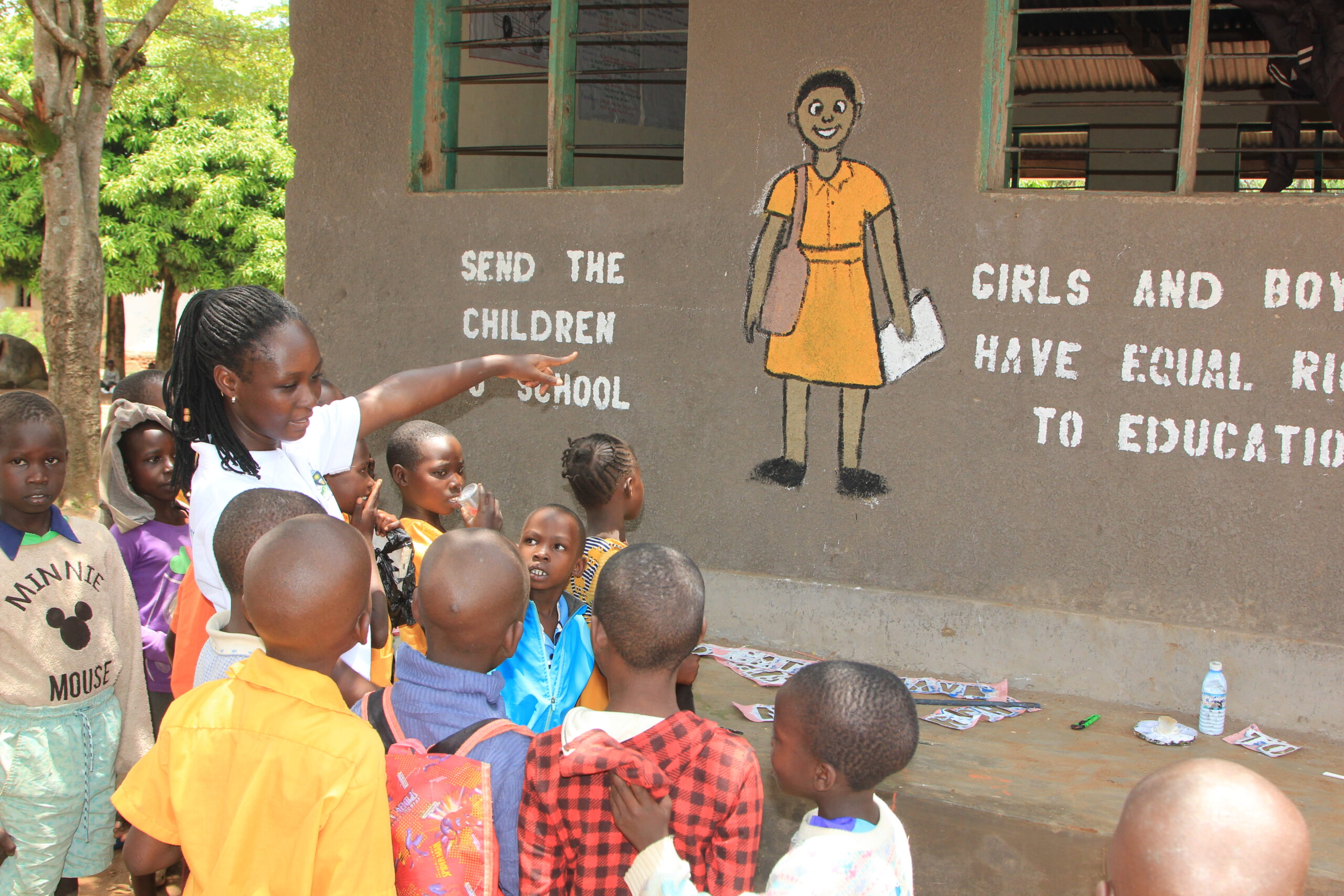Context, challenges, and approaches
In Uganda, the WNCB project implementation started in 2019 in the Karamoja region (Moroto and Nakapiripiri districts), and in the Busia district in 2020. By then the number of children in child labour was high with social norms playing a key role in considering child labour as something that was ‘normal’.
The Karamoja region occupies the eastern area of the north of Uganda and is one of Uganda’s poorest regions, with income poverty at 61% and food poverty at 70% (UNHS, 2016/17). The Karamoja region is the driest region of Uganda, with Moroto and Nakapiripirit as the most arid districts. This region is particularly affected by climate change and drought, limited surface water, and a hot climate. A short season of torrential rains have brought soil erosion and land degradation leading to crop failures and food insecurity.
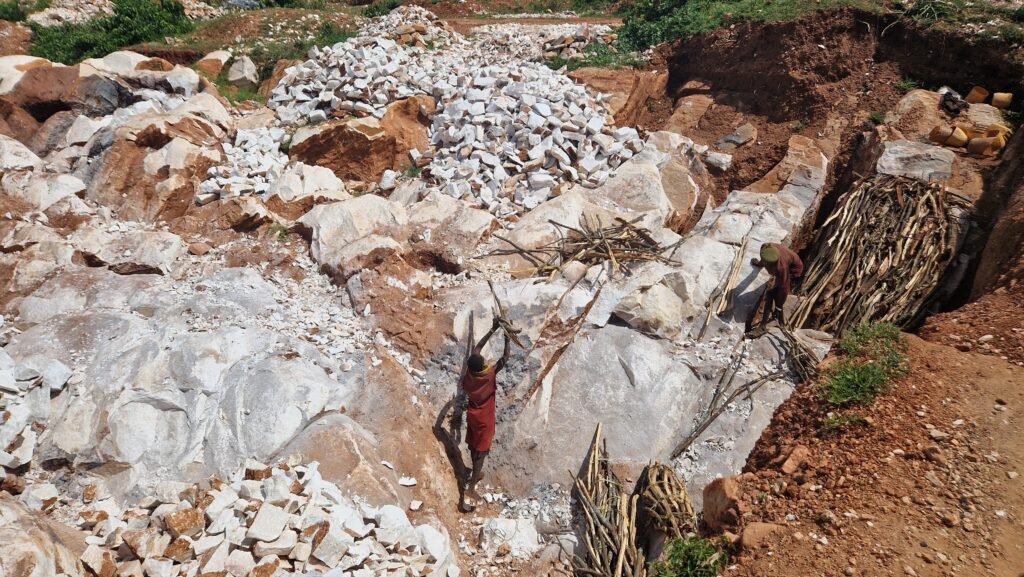
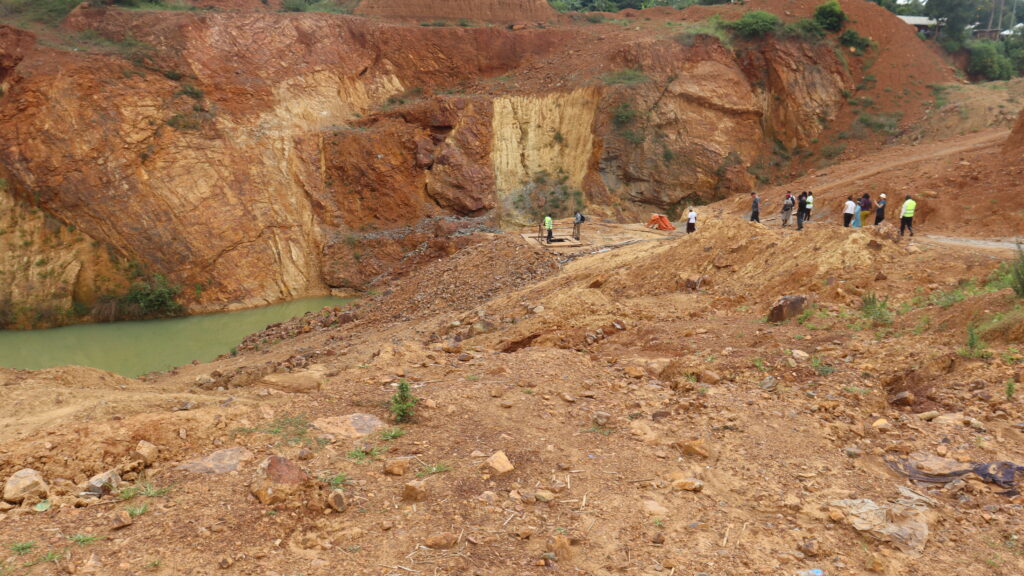
The Busia region is located in Eastern Uganda, and one of the largest gold mining regions in Uganda with a historic gold mining tradition. These gold mining activities have greatly affected school enrolment rates in the district as many children drop out to work in the mines. The fact that Busia is a border town, adds to the problem of child labour, as children cross the border easily without their labour being documented in any way.
Covid-19 caused a two-year closure of schools in Uganda. This forced many children into work and disrupted the process of mindset change. The economic impact of Covid-19 resulted in a heightened financial strain on families, compelling some children to engage in labour. In some cases, it also led to early pregnancies and marriages. During the lockdown, WNCB partners provided home learning in Karamoja and Busia. After the pandemic, all WNCB activities had to be restarted.
Strong government cooperation and social norms change
The four WNCB partners in Karamoja (Hivos, Nacent, UNATU, Save the Children) set up a strong partnership and work, together with communities and government, towards strengthening access to education and social norm change to get children out of work and into school. Karamoja lacked quality education and opportunities for youth. Out of 40 parishes in Karamoja, only 10 had a primary school. Nowadays, the story is different. Together with the local governments of Moroto and Nakapiripirit, WNCB succeeded in convincing the government to staff the schools with teachers. At the end of 2023, the local government in Moroto has also officially taken over one of the schools. Handover is being prepared and worked towards in the other communities too.
Throughout the years, awareness raising and back to school campaigns, including radio talk shows, community dialogues and other channels, have made a great contribution to changing attitudes and have enabled communities to demand government services that they are entitled to.
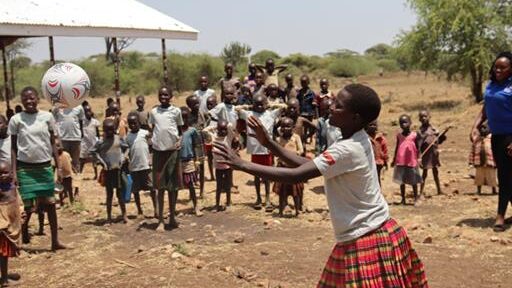
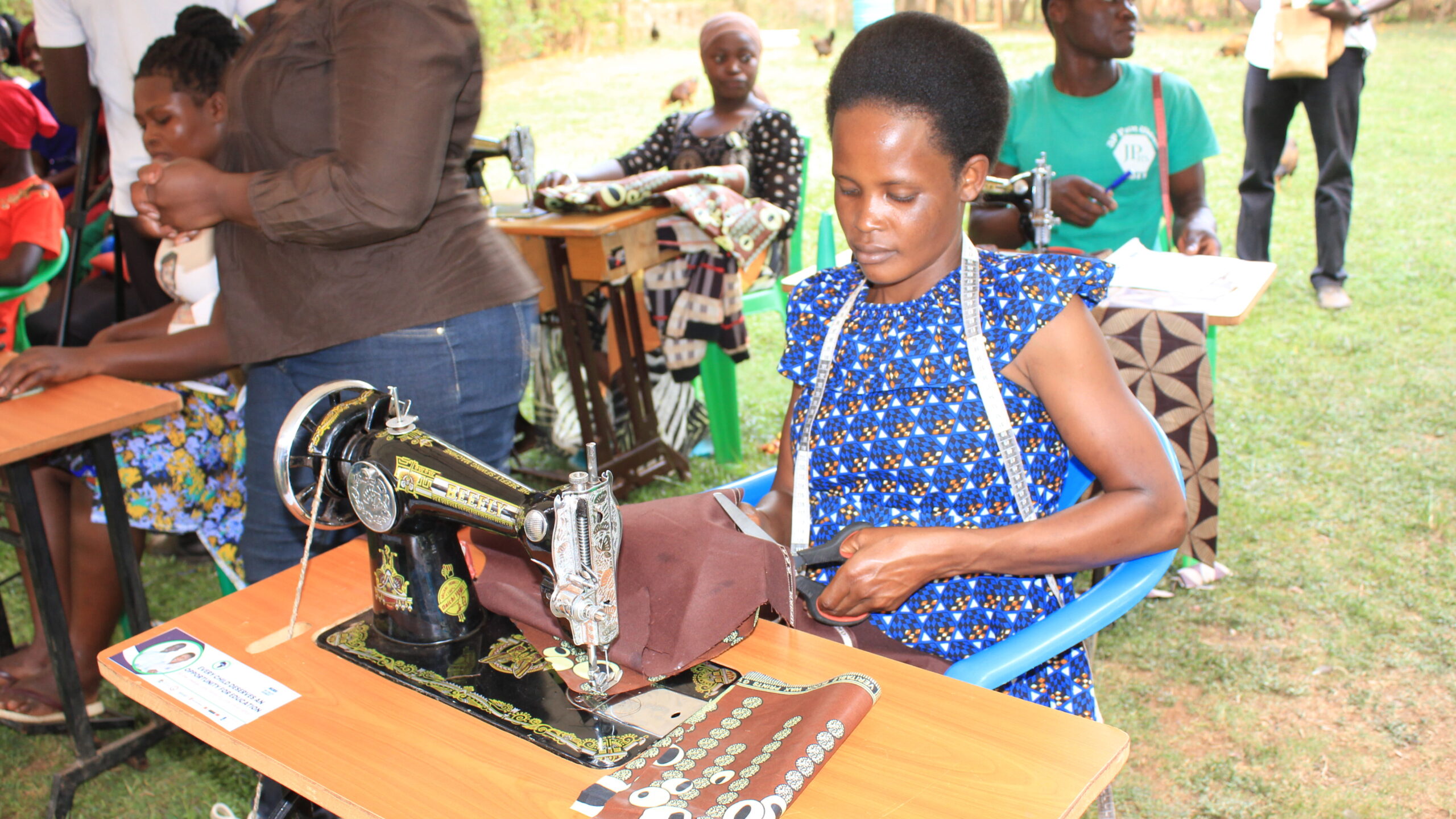
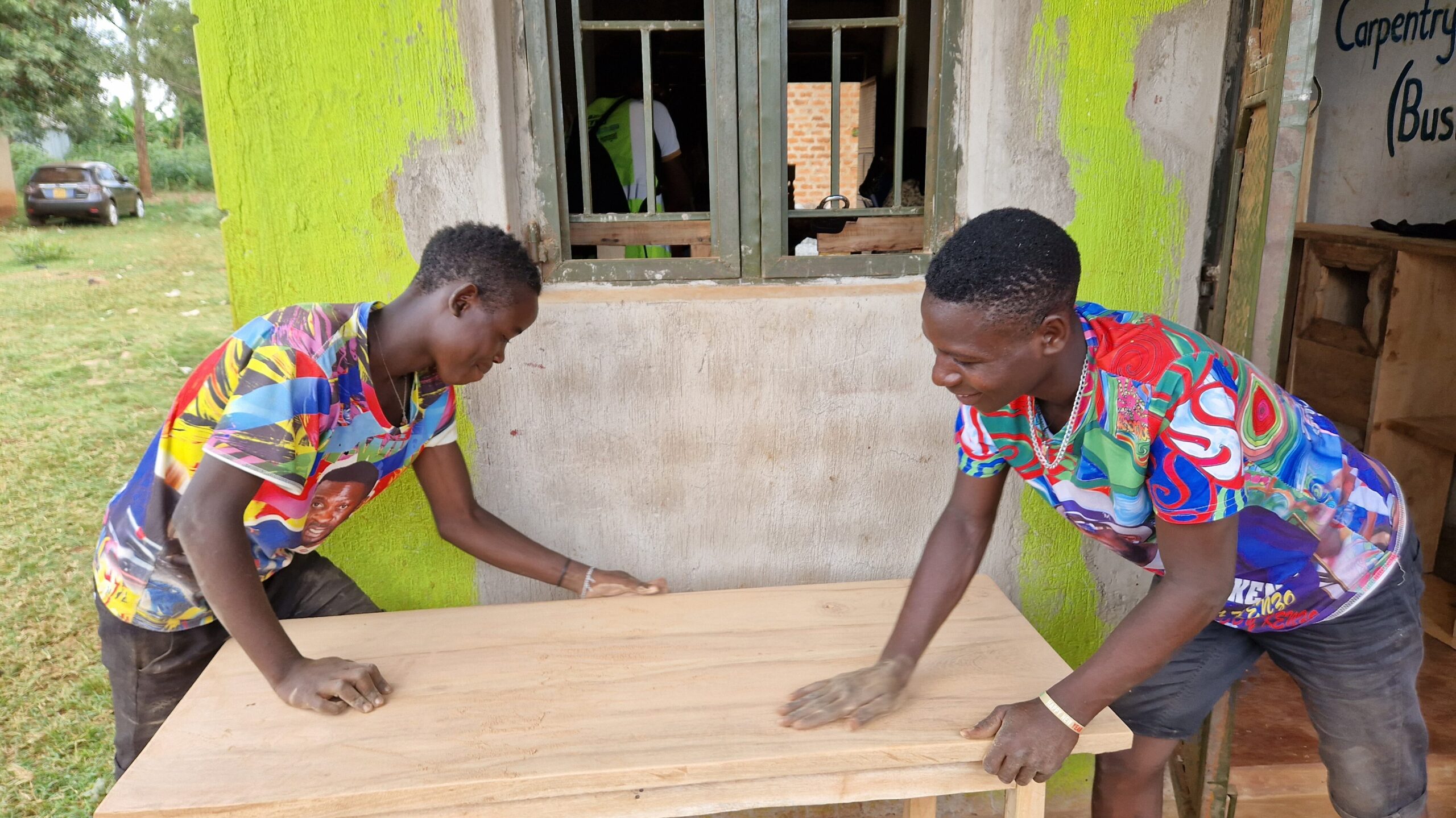
Certified vocational training centres and market demand focus
In Busia, the Environmental Women in Action for Development (EWAD) organization came on board to help conduct implementation in Busia district. Here, out-of-school youth were equipped with vocational skills at different training centres and apprenticeships in the community using a community-based skilling approach. The vocational trainings have been certified by the Directorate of Industrial Training (DIT). DIT is the Ugandan quality assurance directorate offering nationally, regionally, and internationally recognized quality assurance for business, technical, vocational education, and training.
Of the youth trained, half obtained employment at different places around the country and half of the youth teamed up in smaller groups to work together in different trades. The community-based approach has been used to concentrate on viable trades with high market demand.

